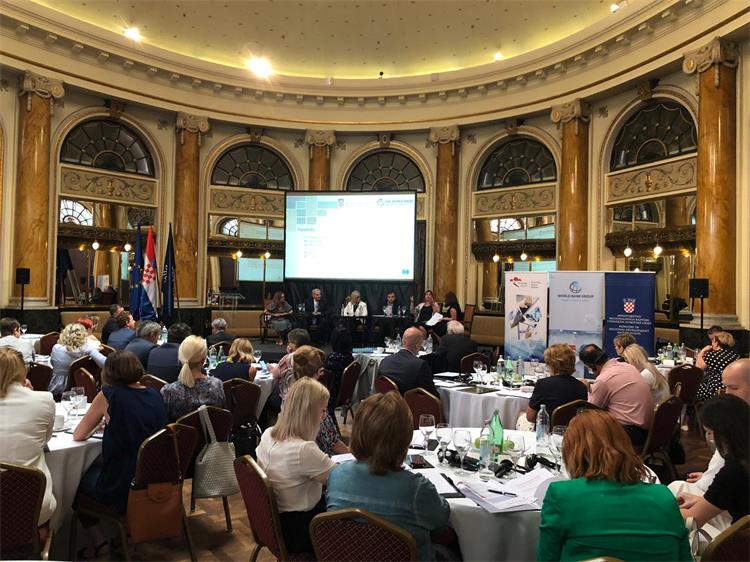
The Ministry of Regional Development and EU Funds in July last year signed a three-year agreement with the World Bank on technical assistance in increasing growth and employment by implementing the Slavonia, Baranja and Srijem project. As part of the agreement, the World Bank has established cooperation with Italy's Emilia-Romagna region, focusing on the transfer of development experience to help in the economic development of Slavonia, Baranja and Srijem.
Emilia-Romagna is the seat of several global companies like Ferrari, Lamborghini, Maserati, Ducati and the Barilla food company. In the period between 2014 and 2020, it will absorb €1.15 billion in EU funds and it has defined its regional strategy by a business pact signed by the main stakeholders in the region.
Regional Development and EU Funds Minister Gabrijela Zalac said that Emilia-Romagna had achieved impressive results with regard to industry and human resources, which were important for Slavonia's future development.
She said that cooperation with that region would certainly continue and that representatives of local government, development agencies and the private sector would visit that Italian region to see which of the examples of good practice there could be implemented in the regions of Slavonia, Baranja and Srijem.
As regards cooperation with the World Bank on the Slavonia project, Zalac said that to date five vertical sectors had been identified - the wood industry, food production, information-communication technology, the metal-processing industry and tourism.
She said that project proposals were being prepared for EU funding in the current financial perspective and that five horizontal project proposals were being prepared with the World Bank concerning innovations, attracting foreign investment and human resources.
"It is up to us to start preparing already now bigger strategic projects for the next financial period, projects that can create value chains in the economy and change trends in Slavonia for the better," she added.
Asked whether some desirable models had already been identified in the Italian region, Zalac highlighted smart specialisation, specifically in the car industry, which, she said, was applicable not only to Slavonia but to any Croatian region.
"As regards the car industry, we have already compared what they are doing with what is developing at an incredible pace at Rimac Automobili and what will certainly be in the vanguard of future development," she underscored.
Zalac also singled out the bio-economy sector for the Croatian Pannonian region, noting that big projects in that sector were being prepared to apply for EU funding.
She said that more should be invested in research, development and innovation and that that could be achieved through EU funds.
The councilor for the coordination of European policies on development, education, vocational training, university, research and work for the Emilia-Romagna region, Patrizio Bianchi, recommended investment in human competencies for the stronger development of Slavonia and Croatia in general, including further training, investment in agricultural research and opening up the economy.
World Bank Country Manager for Croatia and Slovenia Elisabetta Capannelli assessed that changes had already occurred in Slavonia and that the WB was just a part of the solution.
The solution is primarily coming from the private sector and through good cooperation between the government and all relevant stakeholders in Slavonia and beyond. The World Bank can contribute with know-how, technical assistance, international experience as well as by encouraging cooperation, she said.
Capanelli said the key areas were agriculture, ICT, cooperation between universities, and innovation. She added that efforts were being made to improve the business environment and reform the education system at all levels and that all of that should contribute to the development of Croatia, including the region of Slavonia.





Za sudjelovanje u komentarima je potrebna prijava, odnosno registracija ako još nemaš korisnički profil....